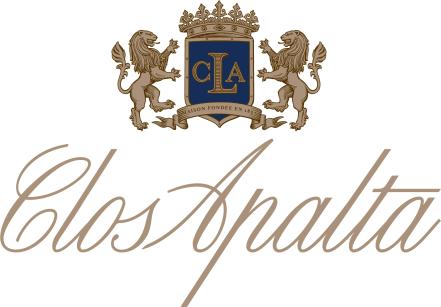Le Petit Clos de Clos Apalta
Le Petit Clos de Clos Apalta
Le Petit Clos is a different interpretation of the Clos Apalta Terroir, using the mastery of blending that is the heart of the winemaking philosophy from the Domaines Bournet - Lapostolle.
The 2016 season began with a dry winter (484 mm v 610 mm on average between May and September). The heaviest rainfall was in August, with 239 mm. Spring was cooler and had more rainfall than normal, in particular from mid-September to mid-November, resulting in “coulure” and “millerandage”. After fruit set, we noted a fall in yields due to loose, light bunches. Summer was particularly hot and dry. February 2016, and the last ten days in particular, was one of the hottest in recent years, with temperature variations reaching as high as 30°C (37.5°C in the day and 7.7°C at night). Temperatures fell significantly in March with the autumnal equinox, and April brought unusually heavy rainfall (117 mm from the
14th to the 17th).
In short, budding was delayed due to a cold spring and the arrival of El Niño. With delays to flowering and fruit set, the 2016 season saw most phenological stages lagging behind, but a hot summer with excellent conditions helped to produce beautiful grapes.
Tasting Notes
Deep and intense red color with purple and cherry edges. Intense fruit expression with black fruit such as maqui berry and cassis well mixed with red fruit such as cherry and plums. Slightly spiced with anise and cedar notes. Delicate fresh violets fragrance. Big structure and good volume, balance with a remarkable acidity
Le Petit Clos is a different interpretation of the Clos Apalta Terroir, using the mastery of blending that is the heart of the winemaking philosophy from the Domaines Bournet - Lapostolle.
The 2016 season began with a dry winter (484 mm v 610 mm on average between May and September). The heaviest rainfall was in August, with 239 mm. Spring was cooler and had more rainfall than normal, in particular from mid-September to mid-November, resulting in “coulure” and “millerandage”. After fruit set, we noted a fall in yields due to loose, light bunches. Summer was particularly hot and dry. February 2016, and the last ten days in particular, was one of the hottest in recent years, with temperature variations reaching as high as 30°C (37.5°C in the day and 7.7°C at night). Temperatures fell significantly in March with the autumnal equinox, and April brought unusually heavy rainfall (117 mm from the
14th to the 17th).
In short, budding was delayed due to a cold spring and the arrival of El Niño. With delays to flowering and fruit set, the 2016 season saw most phenological stages lagging behind, but a hot summer with excellent conditions helped to produce beautiful grapes.
Tasting Notes
Deep and intense red color with purple and cherry edges. Intense fruit expression with black fruit such as maqui berry and cassis well mixed with red fruit such as cherry and plums. Slightly spiced with anise and cedar notes. Delicate fresh violets fragrance. Big structure and good volume, balance with a remarkable acidity
Brand Materials
Vineyard & Production Info
Winemaking & Aging
Analytical Data
About the Vineyard
Apalta is located at 170 Kilometers South West from Santiago in the Colchagua Valley. The Vineyard is situated on a North to South exposure, which is quite rare in Chile. This geography is responsible for the conditions that ensure balance for our vines and a slow ripening for the grapes.






